
March has been a tumultuous month for crypto and the traditional banking system. This has caused a re-examination of regulatory frameworks for banks and re-ignited regulatory discussions regarding cryptocurrencies… More specifically, stablecoins.
We’ve long known regulation is coming for the crypto market. Several events over the past year have highlighted the need for such regulation to keep markets and assets safe for investors. Those include the failure of Terra’s stablecoin, the subsequent failure of several lending platforms, and the October failure of the FTX exchange.
Those combined events put the spotlight back on crypto regulation in a major way. While no real progress has been made, there has been plenty of discussion and speculation over the past few months. One theme has emerged from these discussions: stablecoins are likely to be the first crypto assets to be regulated.
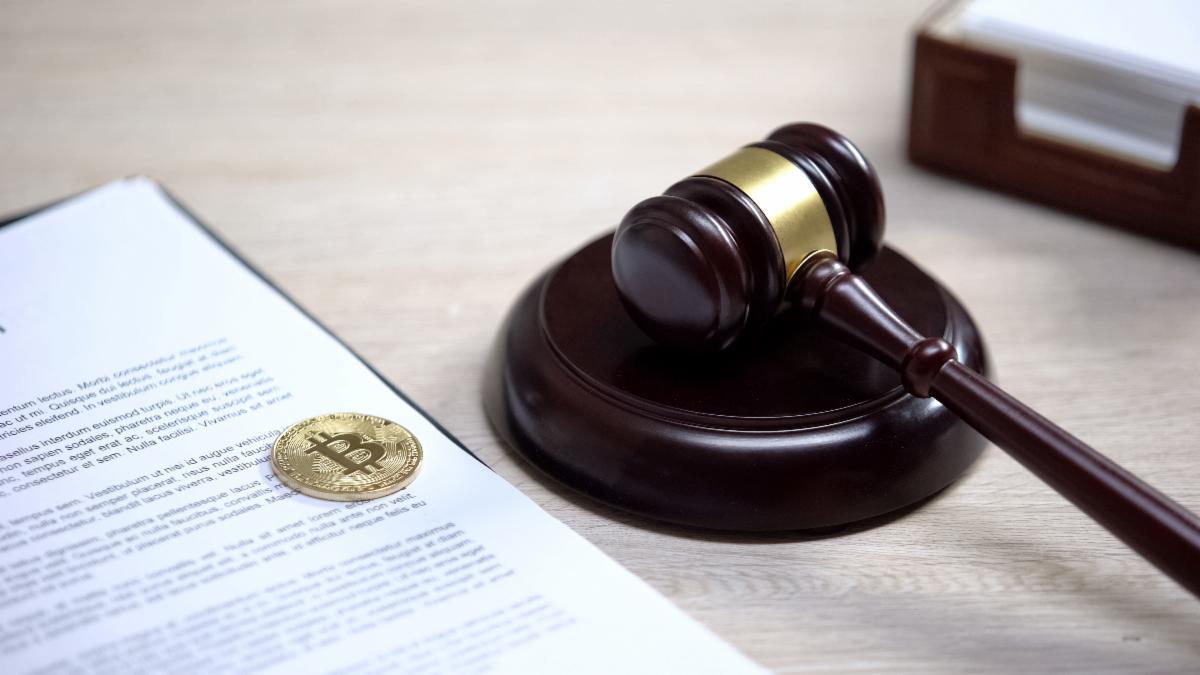
With that in mind, let’s dig into the events that have brought us here, the role and classification of stablecoins, and some potential directions regulators could take in creating a framework for the $125 billion stablecoin industry, which underpins much of the crypto ecosystem.
A Crackdown on Stablecoins
Even before the failure of Silvergate, SVB, and Signature Bank, there were already warning shots being fired at stablecoins. In February, the Security and Exchange Commission (SEC) went after Binance’s stablecoin BUSD and claimed it was a security. The agency told Paxos Trust Company, which also issues its own stablecoin PAX Dollars (PAXD), that BUSD should have been registered as a security. Paxos disagreed, and the two entities are currently in talks.
The crux of the SEC’s assertion is BUSD offers its holders advantages like lowered fees on the Binance exchange. This gives users an incentive to buy and hold tokens, and this could hold the key to its classification as a security.
At the same time, the New York Department of Financial Services ordered Paxos to stop minting BUSD, claiming Paxos violated its obligations for “tailored, periodic risk assessments” and due diligence checks on Binance.
These are the SEC’s first actions against stablecoins, although head Gary Gensler has long been of the opinion that some stablecoins could be securities.
Further Troubles = Increased Scrutiny
Stablecoins have grown to an industry worth more than $125 billion in under five years. It’s dominated by three main players: Circle’s USDC, Tether’s USDT, and Binance’s BUSD.
Tether was the first to market. This early release has produced a significant first-mover advantage for USDT, which has a market cap of $77 billion. However, the project has come under fire for questionable management, its lack of full transparency, and its frequent run-ins with regulators.
Circle’s USDC is the second largest stablecoin with a market cap of over $35 billion. Circle has taken a different route, trumpeting the transparency and regulatory compliance of its USDC stablecoin. In fact, users can easily see the majority of the stablecoin’s reserves, as $29 billion is sitting in a Treasury bill fund run by Blackrock. It also posts monthly attestation reports conducted by Deloitte right on its website.
Then there’s BUSD, with an $8 billion market cap. Given Paxos has stopped minting BUSD, there doesn’t seem to be much hope for its continued existence, at least in the US. This leaves Tether and Circle as the top stablecoin issuers.
However, the events of March in traditional banking have created some volatility in what are supposed to be stable assets, catching the attention of regulators.
Early in March, Silvergate Capital failed due to its exposure to the crypto markets. As one of the few U.S. banks willing to take on crypto depositors, this was a blow to the industry, but the worst was yet to come.
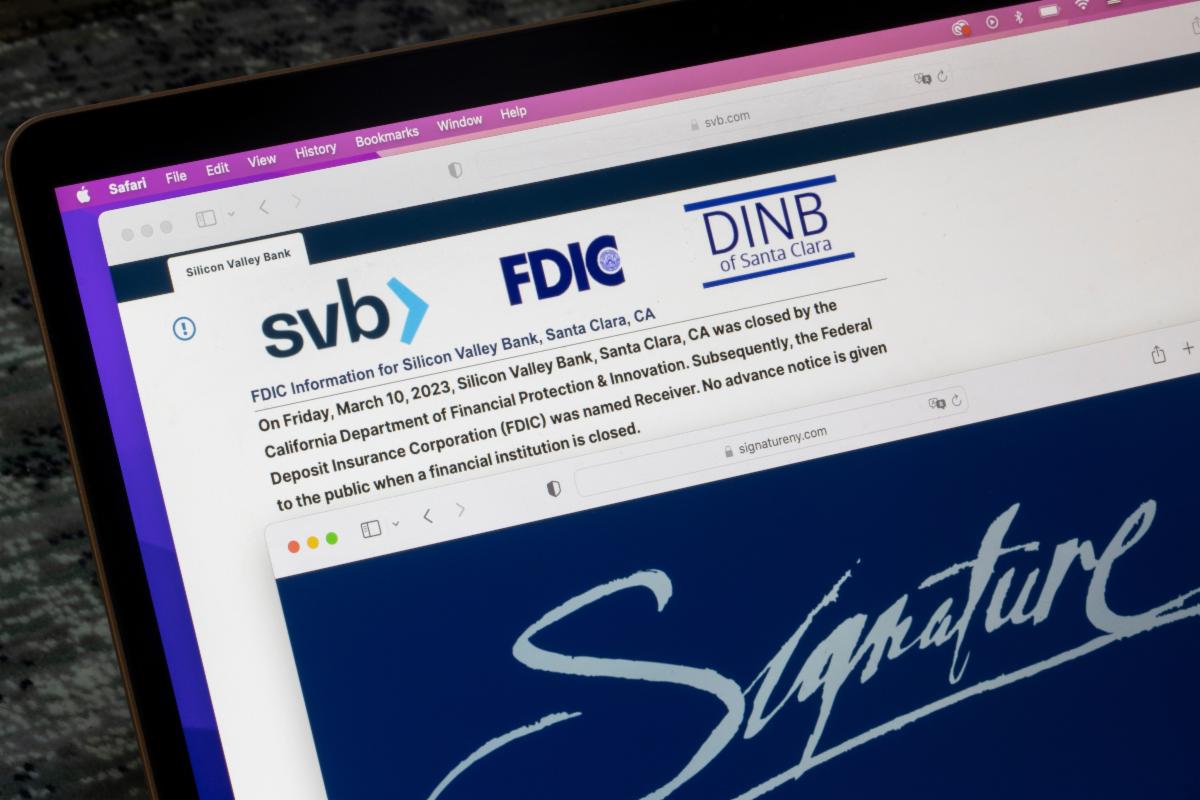
The following week, Silicon Valley Bank failed, though the failure had little to do with crypto. Instead, it was brought on by Fed policy, as the rapid increases in interest rates to contain inflation caused the value of Treasuries to plummet. SVB held a large amount of these Treasuries, and raising capital would have meant steep losses for the bank. Large investors found out and there was a sudden run on bank deposits, causing SVB to fall into FDIC receivership.
Once SVB fell, Circle was found to have $3.3 billion deposited at SVB. Crypto investors panicked and feared Circle would be unable to access this capital and redeem USDC. Traders and investors fled the stablecoin over the next three days, causing it to lose its peg against USD. At one point, it was trading at $0.88.
At the same time, much of this capital was being directed at USDT. That stablecoin also broke its peg but to the upside, briefly trading almost as high as $1.03. This created a great arbitrage play for those who were prepared (sell USDC, buy USDT, pocket the difference).
All these events told regulators that stablecoins need regulation. It’s ironic that came to light from the failure of highly-regulated banks, but there you have it.
How Do We Classify Stablecoins?
One of the key questions in the regulation of stablecoins is how to classify them. Four possibilities are under consideration, as stablecoins could be regulated as banks, commodities, e-money institutions, or money market funds (securities).
Given the lack of regulatory clarity, it’s ironic that each of these possibilities already has adequate regulations in place.

One thing is certain: we need clear regulations around stablecoin reserves. Stablecoin issuers must be held accountable to obligations just like other issuers of monetary liabilities.
As mentioned above, it seems odd to consider unregulated stablecoins as a threat to the stability of our financial systems when it’s clear the highly-regulated banking industry poses its own threats. Stablecoins have maintained their stability. Even the recent de-pegging of USDC was short-lived and quickly rectified. Stablecoins passed the stress test.
However, the sudden loss of confidence in USDC highlights its vulnerabilities and the need for adequate regulation to avoid a recurrence. Also consider that USDC is among the most transparent and trustworthy stablecoin. Just look back to the failure of Terra’s UST and we can see the worst-case scenario when stablecoins are unregulated.
According to Representative French Hill (R-Ark.), who chairs the House Subcommittee on Digital Assets, Financial Technology, and Inclusion, “I think we need legislation to provide clarity to digital assets on how they’re categorized for that functional regulation. However, I think it’s more complicated than just the composition of what is the nature of the stable part of the stablecoin collateral. The events of the last couple of weeks have only demonstrated the urgency of creating a crypto regulatory framework.”
The classification of stablecoins will likely be key to how their regulation develops, with different entities having differing views. Let’s look more closely at how various regulators currently view stablecoins.
The SEC
SEC chairman Gary Gensler has been clear in his stance that most cryptocurrencies, including most stablecoins, should be considered securities.
In the case of stablecoins, the fact that they’re backed by assets other than the pegged currency makes them look like money market funds. Money market funds are regulated by the SEC under the Investment Company Act of 1940.
Of course, it benefits the SEC to have the fledgling crypto market fall under its sway. As the size of the crypto market grows, so would the SEC’s power.
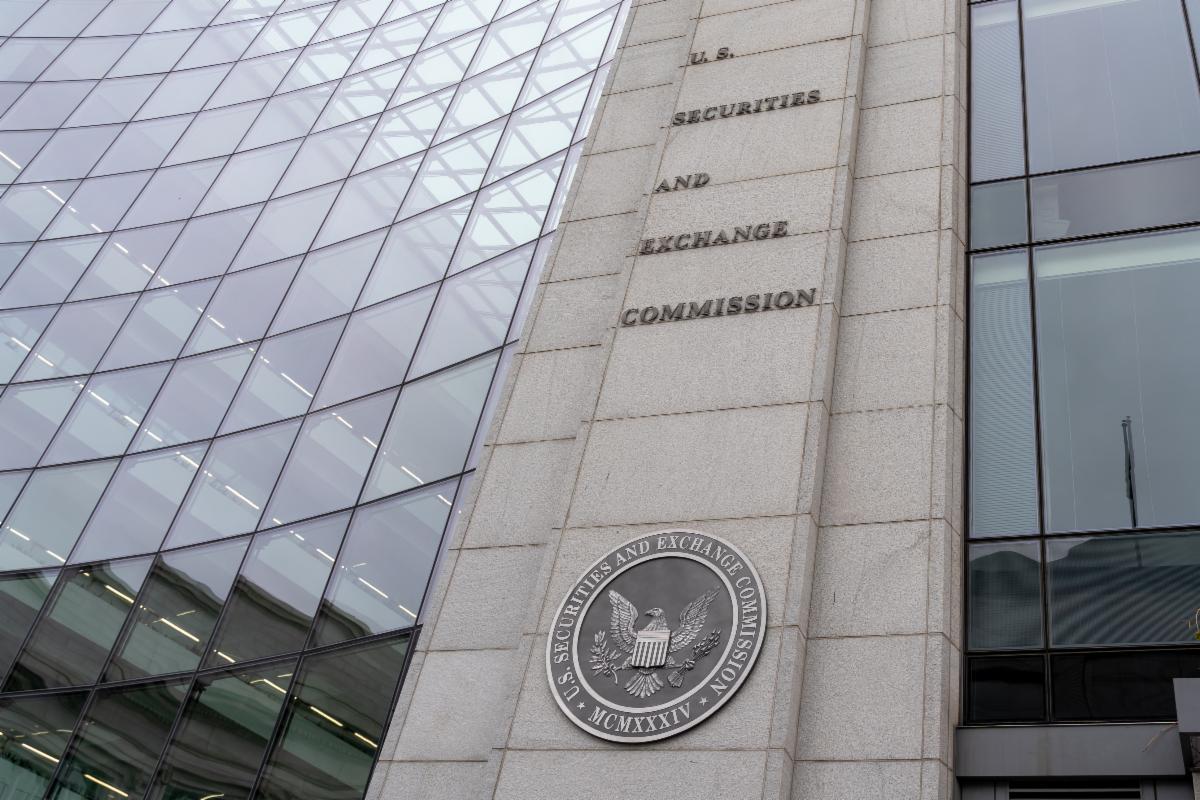
Some are stringently against the SEC regulating stablecoins. Jeremy Allaire, the CEO of Circle, said in a Bloomberg interview in February, “I don’t think the SEC is the regulator for stablecoins.”
Instead, he believes that stablecoins, at least in the case of USDC, should fall under the purview of prudential banking regulations. He said, “There is a reason why everywhere in the world, including the U.S., the government is specifically saying payment stablecoins are a payment system and banking regulator activity.”
The CFTC
Not to be outdone by the SEC, the Commodities Futures Trading Commission (CFTC) has frequently gone on record to claim that digital assets (including stablecoins) are commodities that should fall under the umbrella of the CFTC.
Indeed, the agency was the first to bring action against a stablecoin issuer, fining the operator of Tether $41 million in 2021 for violations of the Commodity Exchange Act (CEA) and other CFTC regulations.
More recently, at a hearing before the Senate Agricultural Committee in early March, CFTC Chair Rostin Behnam said stablecoins are “going to be commodities in my view. Colleagues might have a different opinion, but we’ve done the legal analysis.” He went on to speak specifically about USDC and said, “Based on the cases we have brought in the past around stablecoins, I think there is a strong legal argument that USDC and other similar stablecoins would be commodities.”
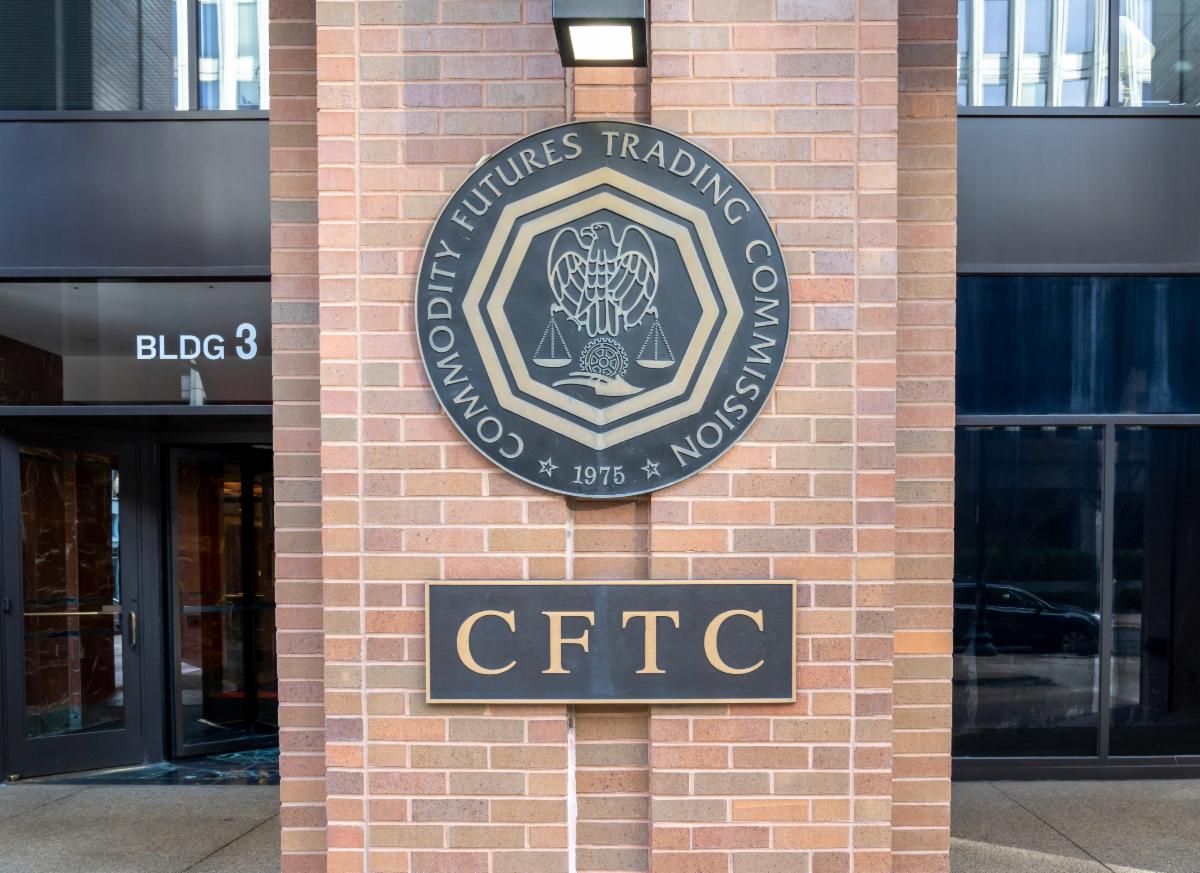
There’s clearly some turf war between the SEC and the CFTC, which will only be decided through legislation that determines which agency is responsible for policing stablecoins and other digital assets.
One potential solution could come from the 2022 Lummis-Gillibrand Responsible Financial Innovation Act in the Senate. That legislation would give the Commodity Futures Trading Commission (CFTC) the lead role in regulating spot crypto markets, settling the turf war with the SEC.
The Federal Reserve
Banking regulation falls under the Federal Reserve and several other entities. The Fed, which some claim is to blame for the failure of SVB vis-à-vis its ongoing monetary policy, has been quite vocal about crypto and stablecoins in 2023.
On January 3, 2023, the Fed, in conjunction with the Federal Deposit Insurance Corporation and the Office of the Comptroller of the Currency, issued a statement warning of “key risks associated with crypto-assets and crypto-asset sector participants that banking organizations should be aware of.”
This included (somewhat prophetically) a warning against the “susceptibility of stablecoins to run risk, creating potential deposit outflows for banking organizations that hold stablecoin reserves.”
More recently, following the failure of Silvergate Capital, Michael Barr — the Federal Reserve’s vice chair for supervision — weighed in on the Fed’s view on stablecoins.
“There’s a critical role for Congress to play right now in establishing a framework for stablecoins, because stablecoins in particular pose the potential for systemic risk if they’re not regulated appropriately,” he said. “They are a form of private money that borrows the trust of the central bank.”
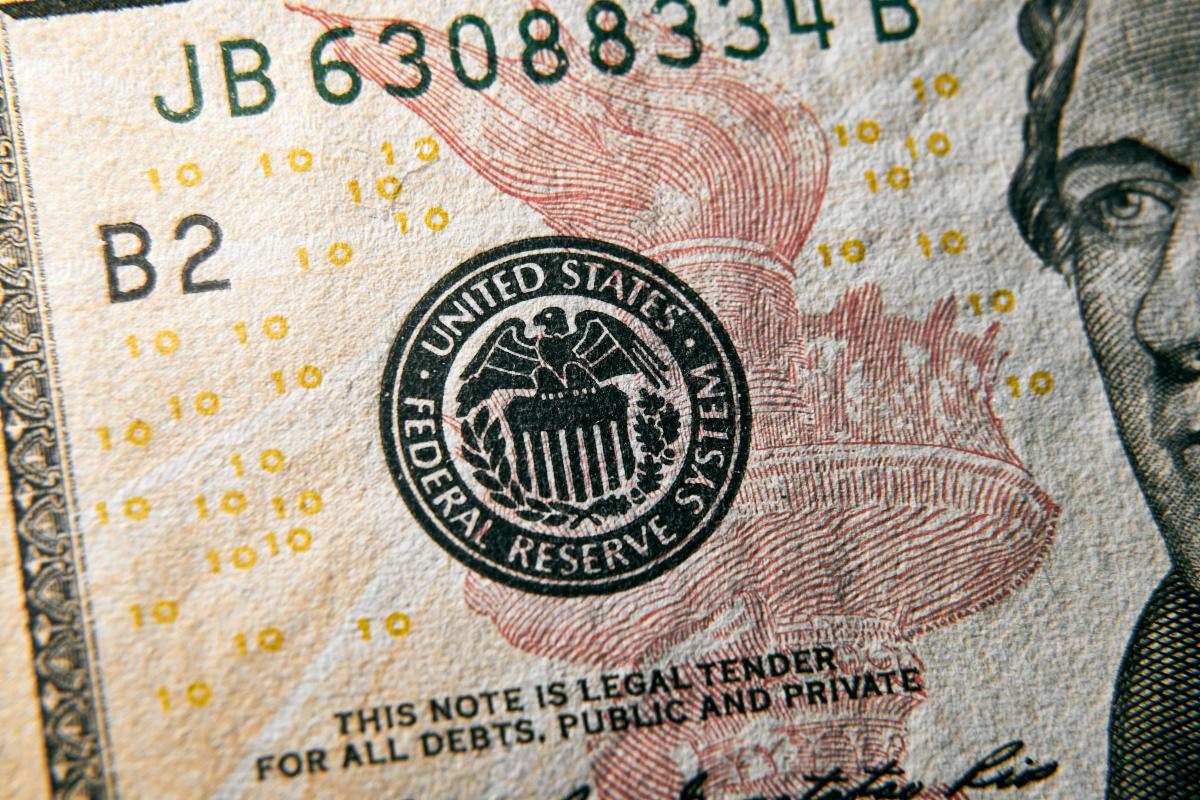
That idea of trust in the central bank is a keystone to the Fed’s drive to regulate stablecoins. Barr made that clear in his speech when he said, “Any entity issuing money denominated in the U.S. dollar and drawing on the trust of the Federal Reserve needs to be subject to federal prudential regulation and supervision. I am not saying anything new here. This has been our consistent approach.”
Because stablecoins lack liquidity and Fed supervision as a backstop, they are the perfect mismatch in value and liquidity that leads to bank runs, according to Barr. Wider adoption of stablecoins exacerbates these risks, and the Fed believes it can regulate the stablecoin market without stifling innovation.
Perhaps the SEC and CFTC will both lose out to the Fed and banking regulators in the stablecoin regulation war.
The Stablecoin TRUST Act
The Stablecoin Transparency of Reserves and Uniform Safe Transactions (TRUST) Act is currently the best framework that is in Congress, although it has failed to gain broad bipartisan acceptance. The Act was introduced by former Senator Pat Toomey (R-PA) in December 2022 just before his retirement.
It is designed to provide a regulatory framework for payment stablecoins, and it could serve as the framework for further crypto regulation if passed into law. Here are some of the key takeaways from the bill as presented by the Senate Banking Committee:
- “Encourages competition by authorizing several types of regulated entities to issue payment stablecoins.
- Enhances financial stability by requiring that all payment stablecoins are fully backed by high-quality liquid assets.
- Establishes transparency by subjecting all payment stablecoin issuers to standardized disclosure requirements and attestations by registered accounting firms.
- Provides much-needed clarity that, at a minimum, stablecoins that do not offer interest are not securities.
- Protects consumers by clarifying that payment stablecoin holders would have priority in the event of an issuer’s insolvency.
- Authorizes the Office of the Comptroller of the Currency, the primary federal regulator of national banks, to establish a new federal license designed specifically for payment stablecoin issuers.”
These takeaways cover many of the issues with regulating stablecoins. It authorizes an agency to establish a federal license for stablecoin issuers, indicates how transparency and financial stability will be regulated, and clarifies that the SEC doesn’t have any regulatory oversight for stablecoins that don’t bear interest.
In terms of acceptable reserve collateral, it would be limited to U.S. currency, Treasury bills with maturity of 90 days or less, and repurchase agreements with maturity of seven days or less that are backed by Treasury bills. It also allows Federal Reserve banks to provide services to stablecoin issuers, thus addressing any capital reserve and liquidity concerns.
It also examines the issue of stablecoin issuers borrowing the trust of the Federal Reserve by requiring a statement from stablecoin issuers that the assets are not FDIC insured or backed by the full faith and credit of the U.S.
Such legislation, while it may not be perfect, would help to establish a framework for the stablecoin industry to operate under. It would allow for greater integration with existing financial systems, protect consumers, and help to mainstream crypto assets for consumers and institutions.
Investor Takeaway
We’ve all known crypto regulation is coming, and recent events have only highlighted the need for such regulation. Stablecoins are easy ways for the U.S. government to begin regulation efforts, and crypto markets are likely to benefit from regulation thanks to improved protections, security, and liquidity.
However, some of the changes could impact your holdings. Certain stablecoins, like algorithmic stablecoins or those that provide incentives to holders, could be exempted from regulation or could fall under an entirely different regulatory framework from “plain vanilla” stablecoins.
Given its focus on transparency and regulatory adherence thus far, Circle’s USDC could come out on top once regulations emerge, though nothing is certain. Even with regulation, I believe it will be difficult, if not impossible, for regulators to eliminate competing stablecoins, though they could certainly block their use in the U.S. and make them less desirable for a large swath of the crypto community.
The best course is to stay informed of coming changes. They certainly won’t happen overnight. Once we have more clarity, we’ll have a better knowledge base for making financial decisions that include stablecoins in our portfolios.
- SEO Powered Content & PR Distribution. Get Amplified Today.
- Platoblockchain. Web3 Metaverse Intelligence. Knowledge Amplified. Access Here.
- Source: https://www.bitcoinmarketjournal.com/stablecoin-regulation-incoming/



